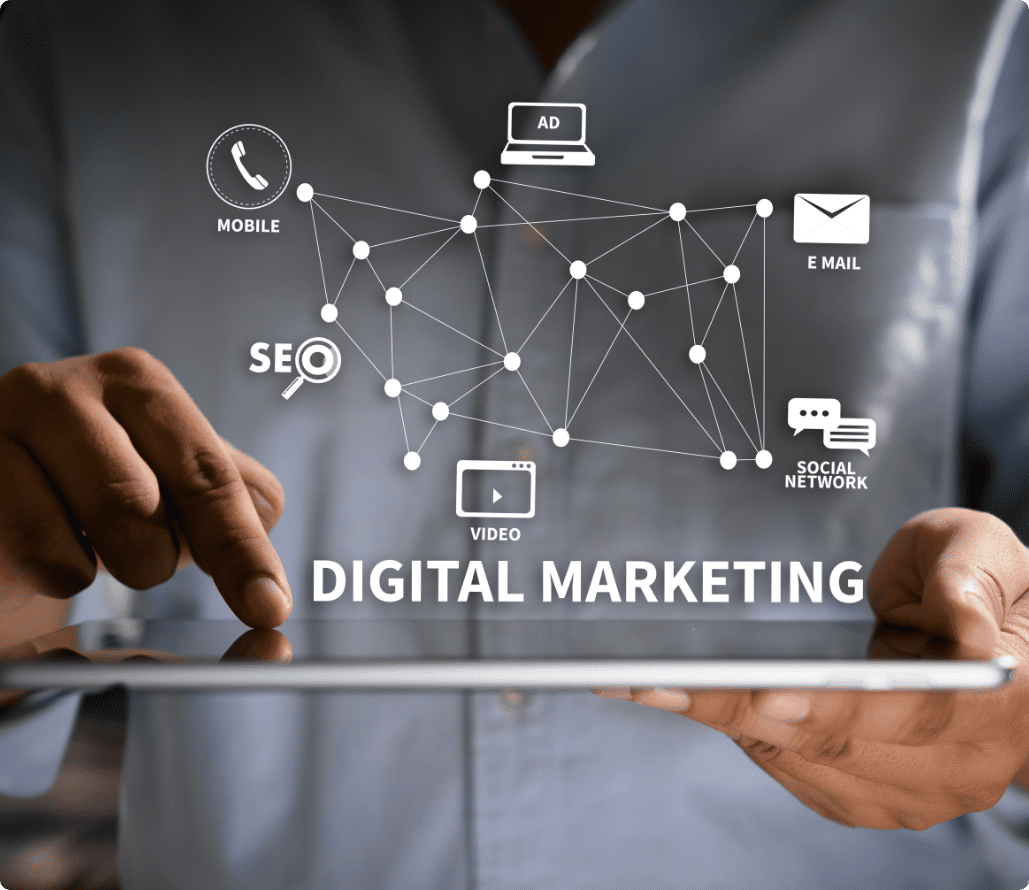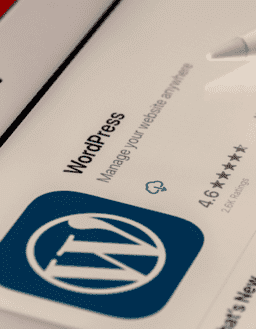Email Marketing Strategy and Tips for Successful Campaigns

Have you ever emailed a client and received no response? Did they even attempt to open it? Or do you want to open it to erase it? Perhaps you have no idea where your email marketing campaign is going wrong. Don’t worry; with our email marketing tips, we’ve got you covered.
We’ve all had emails that we instantly deleted, flagged as spam, or ignored. First, you must figure out why this is occurring in your emails. Maybe you’re not doing a good job of attracting your audience’s attention. Alternatively, perhaps your subject lines don’t scream “Open me!” or your calls to action don’t scream “Click me!”
Email marketing is one of the powerful tools to communicate directly with clients and prospects, as long as you don’t email blast and spam your subscriber lists. It helps strengthen client relationships and reminds prospects to get in touch. So let’s discuss how you might enhance your efforts.
MARKETING EMAILS: HOW DO YOU SEND THEM LIKE A PRO?
1. Create a list of subscribers
Catagories
Categories
Have Any Question?
Do not hesitage to give us a call. We are an expert team and we are happy to talk to you.

2. Encourage readers to reply
Email marketing, unlike direct mail, allows you to have meaningful dialogues with real individuals who are interested in your company. However, it’s a waste of time to push material at prospects and clients, so keep these three criteria in mind:
- Subject lines that are too good to pass up. – Speak directly to readers and guarantee them something unique from the rest of their inboxes. The right way to do this is to use automatic personalization tools (which we’ve discussed extensively).
- A unique and distinct voice – Just because readers open your email doesn’t imply they won’t dismiss it immediately. Always make it appear that your communication originated from a natural person who cares, not some faceless marketing machine.
- Targeted content – Segregating your email lists by reader’s enumeration makes it easier to craft a message that truly resonates with your readers’ needs and interests, increasing the likelihood that they will take advantage of an offer, engage with you, or even forward it on to other potential clients.
These points are designed to entice recipients to respond. Of course, they may respond to your emails by clicking on a link in your message, but wherever possible, urge them to do so. That’s a surefire way to demonstrate that you care about what your subscribers have to say.
3. Make it unique
4. Make sure your emails don't end up in spam bins.
Your beautifully crafted emails will never see the light of day if they are spam. However, to avoid violating restrictions such as the CAN-SPAM Act, be sure your recipients have opted in to receive your emails. Aside from that, avoid all caps, exclamation marks, and hyperbolic language (“ACT NOW BEFORE TIME RUNS OUT!!!!”).
Emails with poorly designed HTML can also affect how they’re treated. For example, an email may go through one spam filter yet be flagged by another because every spam filter is different.
5. Ensure that your emails are clear and concise
- Use brief paragraphs and emphasize keywords and phrases that are significant to your readers.
- Include bullet points for visitors to make it easier to skim through the text and remember the most important parts.
- Consider using pictures rather than replacing your information. Use images to show it. Some email companies prohibit graphics or regard them as spam signals.
6. Include relevant links and call-to-actions
Most email marketing initiatives drive people to a website, often a specific landing page. It’s that simple: no clicks equals no customers. So always attempt to incorporate aesthetically appealing buttons with text that allows readers to connect in multiple ways.
Calls to action, in general, should be written as just that — actions. It will entice your audience more by the more thrilling activity you describe.
7. Make unsubscribing simple
8. Make emails responsive to mobile devices
9. Testing
10. There will be more testing!
11. Monitoring your data
12. Provide value beyond anything else
Whether it’s educational material about your industry, operational communications about your service, or marketing messages about the things you sell, great email marketing boils down to delivering your audience something that remains with them – something that keeps your brand on their mind.
Otherwise, that communication will just be tossed in the garbage.
















































